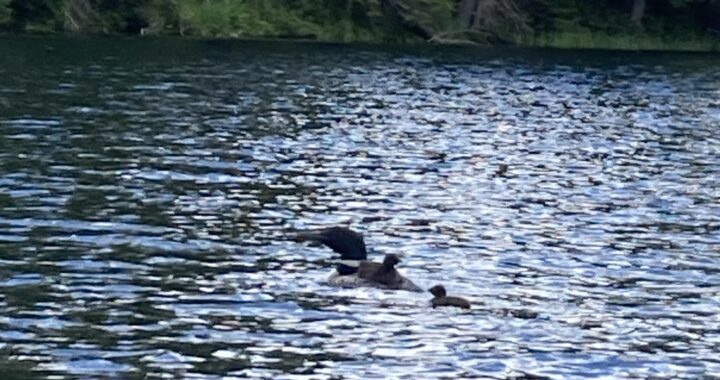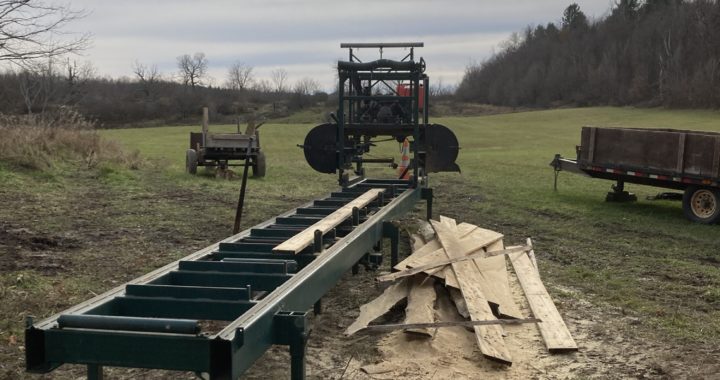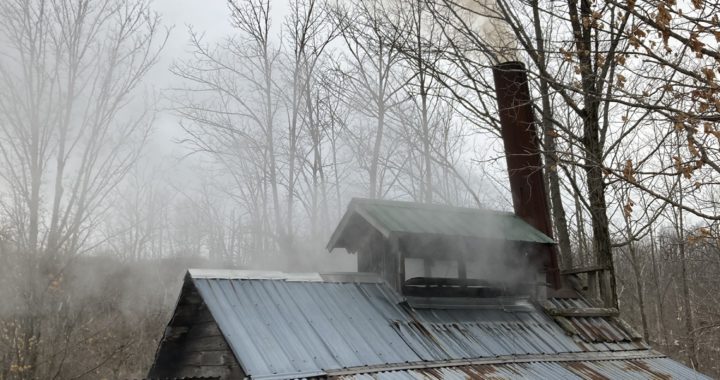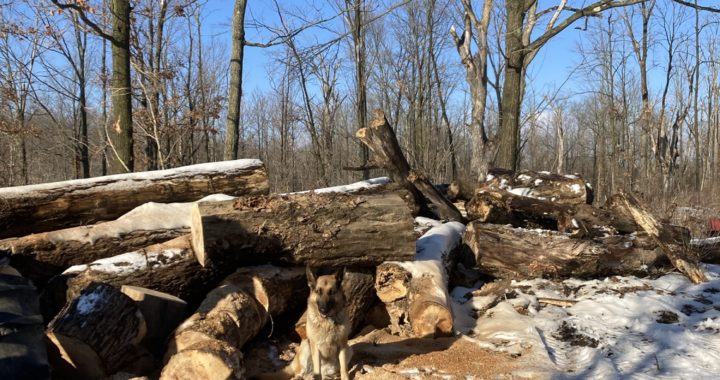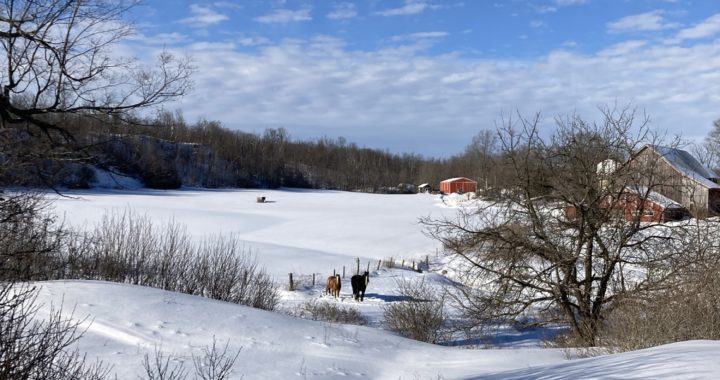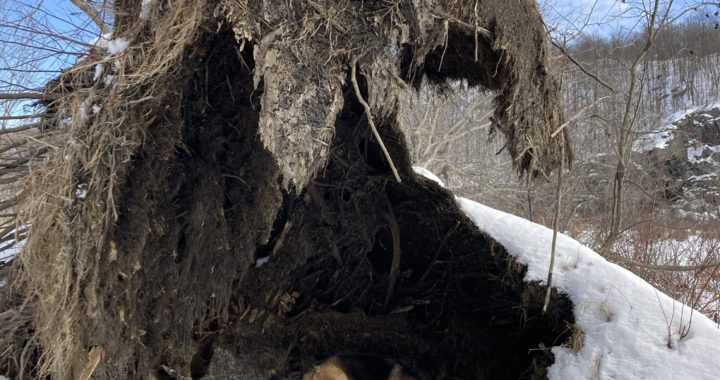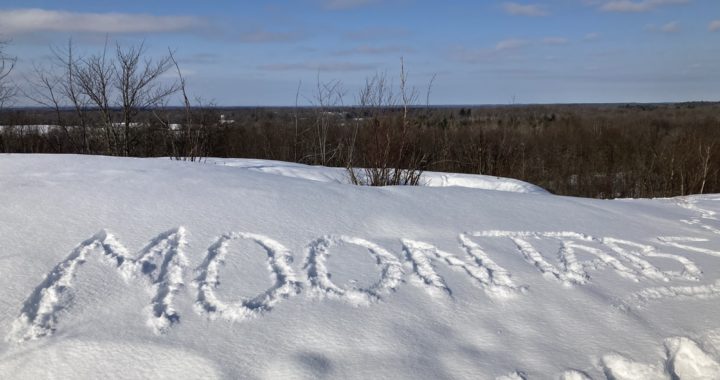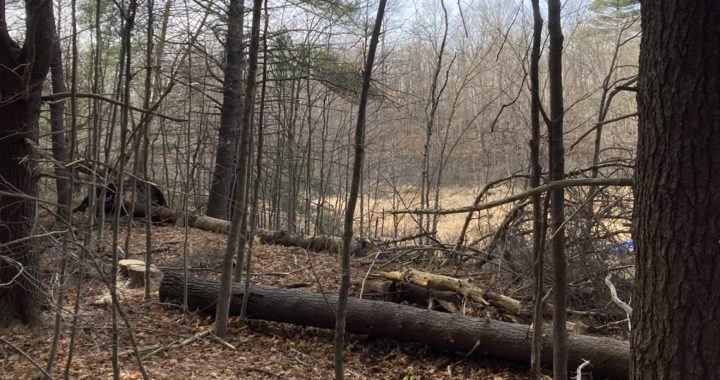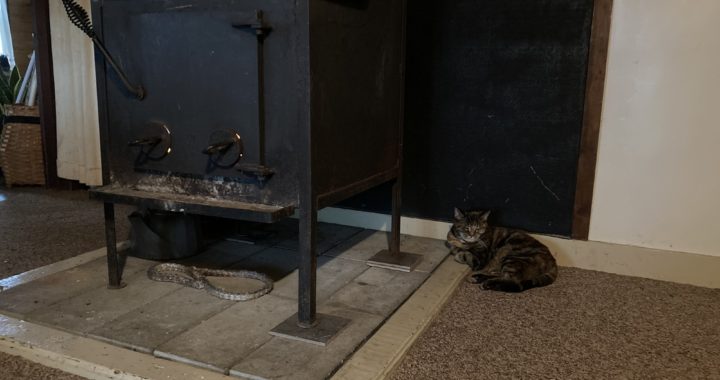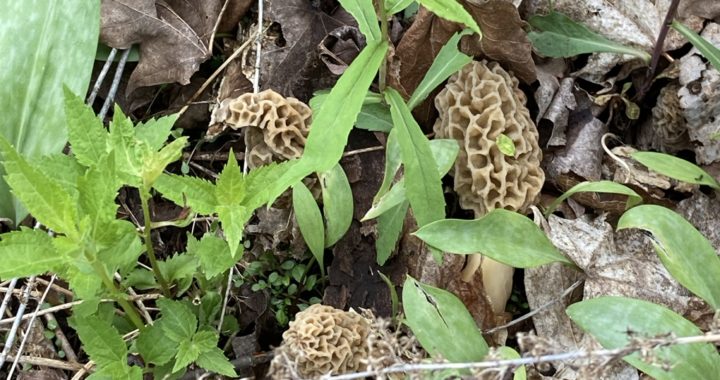We are approaching the middle of October and the transition continues with an increasing pace. I continue to camp here at Fish Creek and will most likely return to the valley a day early. This is it for my ADK camping season in the Airstream for 2022. Zane and I will no doubt be returning to the Adirondacks at some point but it’s unclear just when. So many wonderful experiences are filling my days and nights these days. Somehow the energy tells me where to place myself and nature does the rest. How best to explain these occurrences may challenge me to a degree. But I enjoy challenge and searching for answers. I have studied nature my entire life but can’t begin to answer the question so many ask. What is the meaning of life? To me it is a cycle. The meaning belongs for each individual to decide and is uniquely theirs. As for me, I need but follow the seasons to find what defines life. I have arrived to a new and exciting season of my life. Autumn. A time I hope to be my most colorful. A time to show colors that were always just below the surface. It would take the approach of autumn before they would begin to show. Autumn is a time of great expression in nature. A time of new life being created in some species. A time when things prepare to slow down for a slumber of sorts. I feel these things and gracefully accept the truths as nature offers them.But such thoughts take us far from the stories and to the edge of the forest lands of Tazmania.
Last week I spent a wonderful afternoon paddling up Fish Creek beyond my campsite. It’s a favorite destination of mine and I also used the opportunity to collect some old beaver sticks for firewood. The shorelines are well stocked in certain spots with the remnants of beaver feed piles. Once they have dried out they are excellent firewood! It’s important to note that tampering with a beaver house or dam is illegal. Be careful where you gather your sticks! The loose piles along the ponds and streams are legal pickings for savvy collectors! Just how the sticks are produced is interesting. The beaver cut small trees and saplings then drag them into shallow flat spots onto the banks. There they can gnaw the bark from them in relative safety. They leave the peeled portions behind as a type of garbage I guess you could say. Sometimes they have feed piles out on the spongy bogs where they enjoy their meals in complete safety. The peeled sticks often end up being used to build dams and lodges so they do serve an alternative purpose.The beaver have few predators here in the Adirondacks but a hungry coyote or larger bobcat could possibly kill one. I have seen pictures of some that were crushed by trees they were cutting! That’s rare though. People are their main predator when fur prices make their plush pelts in demand. Luckily for the beaver, pelt prices are very low these days. I used to trap them a lot years ago in Macomb. Other animals as well. I longer trap but remain true to my rural heritage and mention it here. It was something I was taught and a skill passed down between generations. I was a proud and successful trapper for some 30 plus years. I feel to never write about it is a falsehood as trapping taught me many things about nature. It kept me outside and always wandering. It is as much a part of me as anything else connected to nature. I must write of being a fur trapper, hunter, and fisherman on these pages or forever be false in my life journey story. That I can not do my friends. The truth is the truth and I will not abandon it here at any cost.
I hadn’t traveled too far upstream and had already procured a nice collection of beaver stick firewood. It serves a second purpose as well. One I call beaver stick ballast. The front of my canoe is very light if I don’t have weight,a person, or dog there. When alone adding firewood weight to the front aids in controlling the bow especially if it’s windy. It’s a time tested approach to paddling that I often employ while camping. Otherwise I use smooth rocks and small cobblestones. I traveled leisurely up the creek and soon entered one of the narrower sections. I call them the connectors. There were numerous photo opportunities and I got some great shots there. I ducked into Copperas Pond for a moment searching for the loon family I had written about last July. The pond was deserted and eerily quiet. Few birds although I had encountered several ducks that were totally fearless. They must have been campsite ducks to be that tame. Fun to watch as they stood on a log in the sun preening their shiny feathers. I missed the calls of my forest friends the white throated sparrows. They always remind me of the bush country in Eastern Quebec. They are very plentiful there and you hear their signature calls from daylight to dark.The forest had become absent of summer birdsongs. The transition was truly ramping up!
I entered the mouth of a small lake that’s called Little Square Pond. I typically pass by most of it unless we decide to swim off some rocks near the entrance. It’s a fairly big pond and susceptible to waves if the wind is blowing. It was totally calm that day though and I decided to explore it further. I was looking for fresh beaver sticks that would make good trekking poles but hadn’t found any yet. The beaver sign was strangely absent. Most of what I was seeing was old and beginning to weather severely as it began to rot. I kept wondering what had happened to the beaver population here? Trappers? Disease? Or just a move to better food sources? The beaver do exhaust their forest habitats near their chosen waterways. It was going to be slim pickings for beaver sticks! I began to paddle the Western side of the pond’s shoreline exploring. I saw plenty of old beaver sign but nothing fresh and no active lodges. The shoreline was steep in places and heavily forested. I found a primitive campsite that I hadn’t known existed and made a mental note of it. I continued paddling around the pond enjoying the colorful leaves and loving the warm sunshine! As I began paddling down the Eastern side of the pond I heard a strange sound. I couldn’t identify it and at first thought it was a woman’s scream. I heard it occasionally after that and realized it was not a person. I spotted a couple of loons and decided to check them out for a minute.
As I approached the loons I realized the source of the strange sound! There were two juvenile loon chicks swimming around their mother making weird screeching noises! The three of them would take turns diving under then resurfacing further up the pond. I tried to guess where they would pop up to get myself closer to them. Eventually I was successful in my attempts and the mother came up very close to me! The chicks surfaced shortly after and I got some great photos plus a couple videos. The chicks were lighter colored then their mother and their heads were gray. Hers was the dark black that all adult loons have in common. They were obviously very attached to their mother and stayed very close to her. One of the juveniles ended up some distance away after one of its dives and began its screeching in earnest. It finally managed to produce a signature loon call although it wasn’t perfect! The chicks were learning to speak and I was fortunate to be witnessing something very special! They stayed close to me for some time and I was enjoying the moment to the fullest! The warm sun, calm pond, and my loon friends in front of me with the beautifully colored ridges in the distance. I paddled away and began to speculate about certain possibilities. Could this be the loon family I had seen early in July at a nearby pond? The father was gone it appeared. The pond was some distance away but it was all one connected waterway. The family could have swam from one pond to the other. Maybe the chicks could even fly by now. They would need to fly shortly I surmised with winter getting closer all the time. The chicks certainly had grown since July! My imagination began to run wild. Maybe the mother had discovered the huge northern pike in their pond and recognized the potential threat. I had lost it overboard after an epic battle and could attest to its size. It would have had no issue swallowing one of the tiny chicks back in July. I decided that these were the same family of loons at that point. Regardless of my theory I was happy that two loon chicks had survived the hazards of water.
The magic of nature is there to discover but it’s all about timing so much of the time. I have witnessed many wonderful things as I wandered afield through forest,swamp, and stream. To witness the baby chicks in July and then to see them again in October was truly something amazing! Today I paddled up to Floodwood Pond for a little catch and release fishing despite the windy conditions. As I approached the entrance of Copperas Pond this afternoon I spotted three loons up the waterway and recognized them as the loon family. I figured that I would encounter them later when I paddled in their direction so I left them to their fishing. The fishing was horrible on the windy pond but I did manage to land one small bass before I left. As I paddled up towards Little Square Pond I spotted one lone loon. It was one of the juveniles and I got very close to it. It was busy fishing and I wondered where the other two had gone. I found them way up in the mouth of Little Square Pond fishing together. I got a nice photo and a short video of the two of them together. Nature was taking its course it seemed. The lone juvenile was becoming comfortable being on its own although I suspect that they joined up later. I had hoped to see one of the juveniles trying to fly but that’s asking for a lot!
My day would soon get more interesting as I paddled the winding stream up towards Floodwood Pond. I finally found a slender peeled beaver stick! It wasn’t a perfect specimen but given the selection it was still a worthy collectible.There was no active beaver lodge nearby so I assumed that the feeding beaver was just passing through. It’s hard to say really. Sometimes hermit beaver survive with little evidence of their existence. I continue to be baffled by the lack of beaver sign here. It’s something that will bring me back sometime to further investigate the surrounding areas.
What happened next was a rare and special treat! As I rounded a corner of the creek I spotted something on top of a sunken log deadfall on the bank. It was a mink. It dropped out of sight and I figured that I would never see it again but got my phone camera ready. I nosed my canoe up to the end of the log and spotted the mink! It was peeking over the top of another log at me! I got a quick photo and sat perfectly still with the canoe wedged against the log. The mink became curious and jumped up onto the top of the log before diving off into the shallow water. I put my phone camera onto video and waited for a few seconds. The mink appeared and put on quite the show! I filmed it for 51 seconds before it fled downstream. It was so amazingly agile and flexible! Fast as lightning! What an incredible video I shot! Timing is everything! I felt very fortunate to capture the moment!
In conclusion I would have to say that I have been very fortunate over the years to be able to enjoy nature in its finest moments. Living in the country and being able to easily visit the Adirondacks. You just never know what you will encounter or when you will encounter it! That’s the draw. Such moments pull me deeper into the circle and I cherish them! It’s MOONTABS and more!

